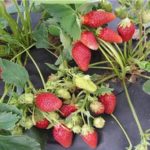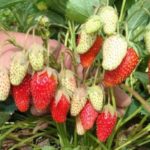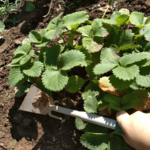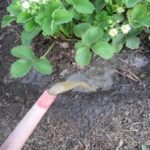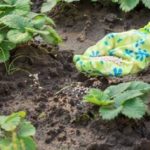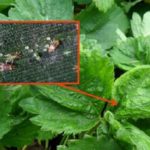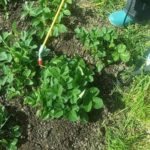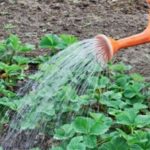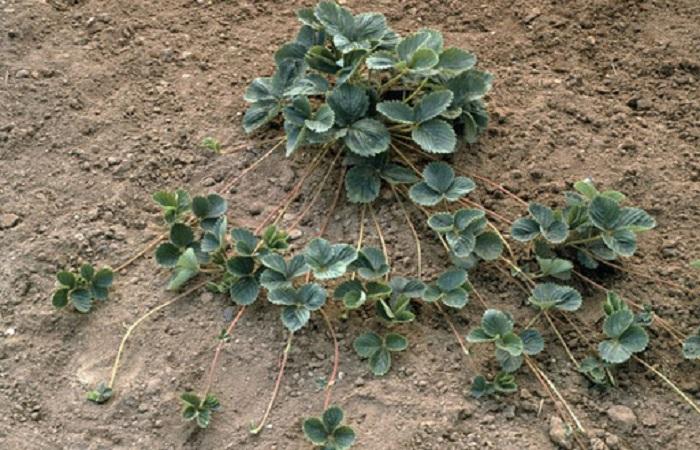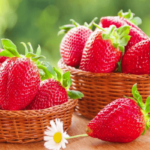Orlets strawberries of medium ripening are often chosen by gardeners because they produce berries at the height of the season, when they are in demand. Let's consider the characteristics of the variety, features, how to find a place and prepare a bed. How to care for plants, fight diseases and weeds, prepare beds for winter. How to propagate strawberries, when to pick them, and whether they are suitable for transportation.
Description of the variety
According to the State Register, the Orlets variety is recommended to be grown in Western Siberia.Strawberries are mid-season, with a dessert taste. Bushes of medium size, semi-spreading, average number of leaves, green, slightly wrinkled. The number of whiskers on plants is average. The flowers are bisexual, white, untwisted. Peduncles are located at the level with the foliage. Inflorescences are multi-flowered.
The berries of the Orlets variety weigh on average 11.5 g, have red skin and pulp, and a conical shape. The pulp is medium density, sweet and sour, juicy. The taste score is high - 4.8 points. Productivity per sq. m – 8.8 kg.
Brief characteristics of Orlets strawberries
Plants are resistant to gray rot, moderately resistant to brown rot, spotting, and rust. They tolerate wintering well. Strawberries have a universal purpose, that is, they can be eaten fresh or processed.
Features of cultivation and care
Orlets strawberry seedlings are planted in beds at the end of August or September; autumn planting must be done at least a month before the onset of winter. In spring, plant around mid-April.
Site selection and soil preparation
Strawberries are planted in beds located in an open sunny place. The soil is sandy loam or loamy, with a slightly acidic or better neutral reaction. Before planting, the surface of the bed is cleared of weeds, dug up and fertilized with organic matter, compost or humus, but not with fresh manure. Ash is also added and everything is mixed. Amount of humus per sq. m – at least a bucket, ash – 0.5 kg.
Landing
In the prepared bed, holes are made with a distance between plants of 25 cm, between rows - 40 cm. Orlets seedlings are buried so that the horse necks are level with the ground, no higher and no lower. After planting, water the strawberries and place mulch near the bushes.
Loosening and weed control
It is necessary to loosen the soil surface when it becomes crusty, which especially often happens on clay and loamy soil. Along with loosening, it is convenient to weed emerging weeds. If straw or sawdust mulch is laid, loosening can be done less often. The benefit of mulch is not only that it prevents weeds from germinating and keeps the soil soft, but also that the Orlets berries lying on it do not rot.
Instead of sawdust, black agrofibre has recently been often used; with it, there is no need for loosening and weeding at all.
Removing a mustache
The Orlets variety does not produce much mustache. But they should be left only on those plants that you want to propagate. The ovary is removed from them, the mustache of the rest is cut off. They are rooted near the mother bushes or immediately in plastic cups, without separating them from the plants.
Top dressing
Well-fed strawberries will be more resistant to diseases and will be able to produce a good harvest. They begin to feed the crop in the spring, with the beginning of the growth of new foliage. You can add nitrogen-containing mineral mixtures or fermented mullein. Before flowering begins, potassium salt and superphosphate or other similar fertilizers with phosphorus and potassium, except those containing chlorine, are added under the plants.
After collecting the first fruits, the Orlets strawberries are again fed with wood ash. At the end of summer or autumn, complex fertilizers are applied so that the plants recover before the onset of cold weather. It is advisable to combine fertilizing with watering. Do not pour fertilizer solutions onto leaves and berries.
Wintering
For the winter, Orlets strawberries, especially in regions with cold winters, need to be covered with mulch. Cover with straw, hay, fallen leaves.A layer of mulch should cover the entire plant, especially the center. Before sheltering, prune and remove old leaves and those with signs of disease. In the spring, when the snow melts, the bushes need to be cleared of mulch.
Pest and disease control
Before the Orlets strawberry begins to bloom, spray the plants and the soil around them with a weak 1% solution of copper sulfate. The same product is used after collecting all the berries. After the ovaries appear, they are treated with a pink solution of potassium permanganate. If the summer is rainy, spraying is repeated periodically.
Culture propagation
The main method is rooting and transplanting the mustache. It is convenient to root the mustache in cups, without separating it from the bush, and replant it in the fall to a new place so that the root system is not injured. Adult but still young Orlets plants are propagated by division. Divide into parts so that each has an apical bud and at least 2 leaves, and immediately replant. The bushes are separated using a sharp knife.
Collection, transportation and storage
Orlets berries are harvested when they turn red and acquire an aroma. Can be stored in the refrigerator in plastic containers for no more than 2 weeks. And transport them in them. Frozen berries can remain edible for six months.
The Orlets variety will be a good choice for gardeners in Western Siberia. Strawberries produce medium-sized berries; they also ripen in the middle of the season, but are distinguished by excellent taste, aroma and keeping quality. The variety is productive and not too demanding on growing conditions. This variety is valuable for homestead farming.


